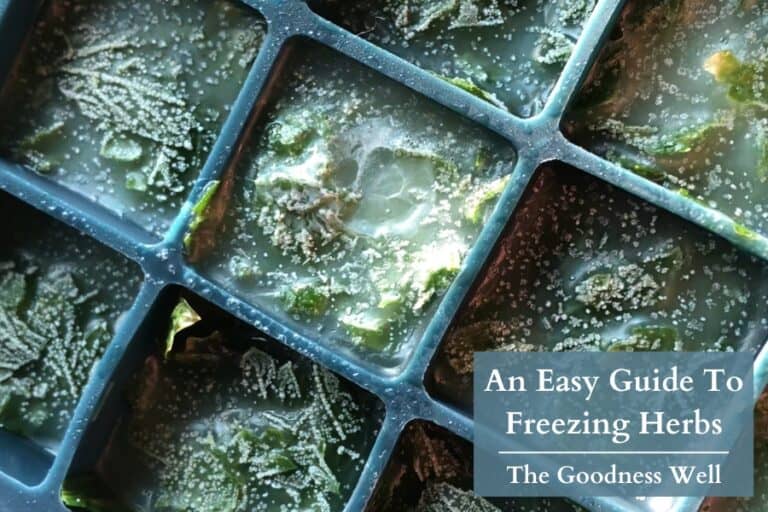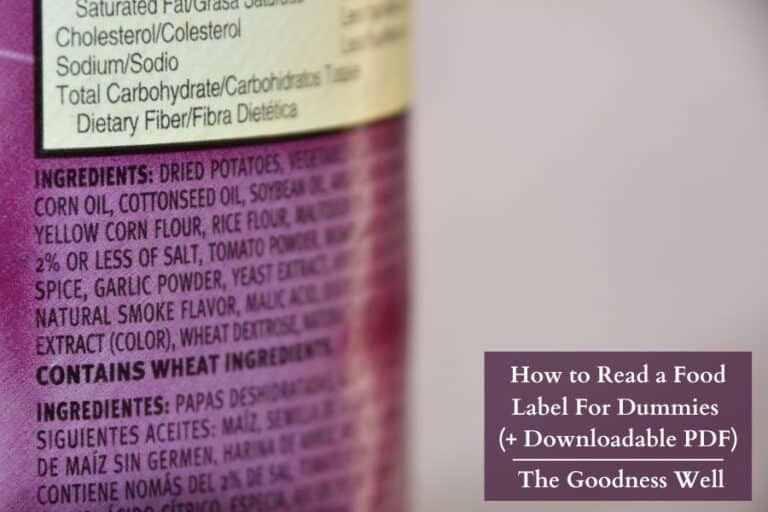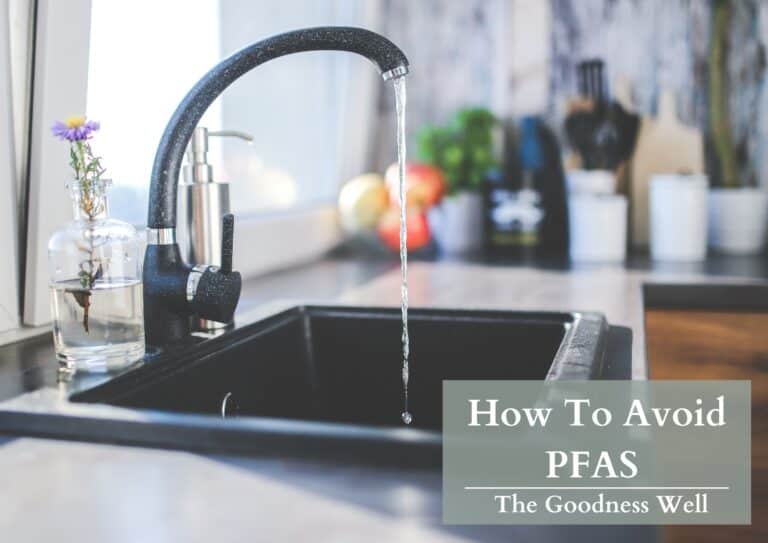Why Cut Down on Plastic? 7 Reasons We Can’t Ignore
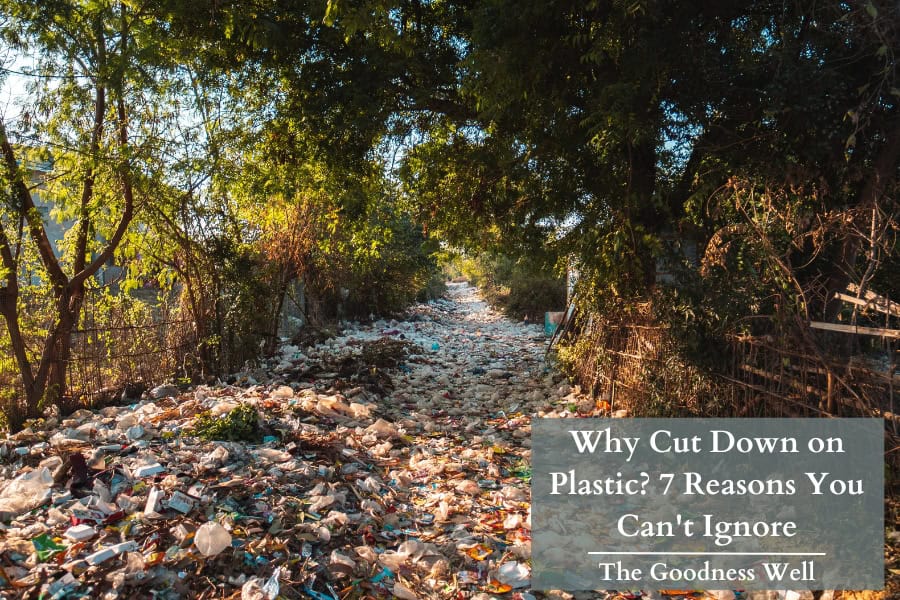
In recent years, I’m sure you’ve seen a big push from different organizations and agencies trying to get companies to reduce their plastic use and encouraging us consumers to do the same.
But why?
Is plastic pollution really that serious?
Yes, it is. In this article, we’ll give you some specific reasons as to why this is and provide you with some solutions as well.
Let’s get into it.
TL;DR
The 7 Reasons You Should Limit Your Plastic Use Include:
- Microplastics
- Wildlife/Food Chain Disruption
- Non-Biodegradable
- Not Really That Recyclable
- Social Impact
- Perpetuating Disposable Culture
- Economic Costs
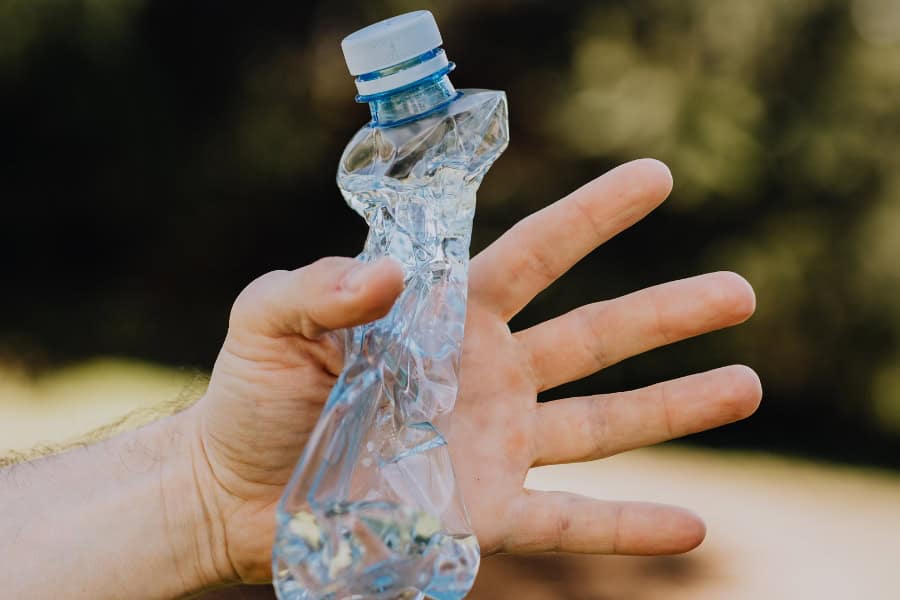
7 Reasons To Avoid (or Limit) Your Plastic Use
1. Microplastics
Microplastics come from pretty much any type of plastic out there. These larger plastics break down into tiny fragments you can’t see. While these particles are very tiny, we’re realizing they cause big trouble. Here’s how:
- Endocrine Disruption: Microplastics leach endocrine-disrupting chemicals that interfere with hormone systems, potentially causing reproductive, developmental, and metabolic disorders in humans and wildlife.
- Toxic Chemical Carriers: They act as carriers for hazardous substances like heavy metals and organic pollutants
- Impact on Immune System: In vitro experiments with human cells and in vivo data generated with mice showed that microplastics elicit adverse health effects mainly by causing inflammation, oxidative stress
These microplastics come from many places you wouldn’t even expect, including:
- Cosmetic Products (microbeads)
- Synthetic Textiles like polyester (microfibers)
- Industrial Processes (plastic pellets)
- Car Tires (tire dust)
- City Dust
- Fishing Gear
- Plastic Packaging
- Plastic Bottles and Containers
- Recycling Processes (microplastic dust)
- Road Markings (plastic-based paints)
2. Wildlife/Food Chain Disruption
Alongside larger plastics, wildlife, especially aquatic animals, mistake plastic debris for food which can lead to internal injuries, digestive blockages, malnutrition, and even death.
Plastic waste also damages wildlife in other ways as well, including:
- Entanglement: Wildlife can become entangled in plastic waste like fishing nets, six-pack rings, and other debris. This can lead to injuries or even death.
- Toxicity: Plastic can contain or absorb toxic chemicals like heavy metals, BPA, and phthalates which can negatively affect the health of wildlife.
- Habitat Disruption: Plastic buildup can ruin habitats, affecting the shelter and food of certain animals.
The worst part? These harmful effects on wildlife move right up the food chain onto our plates. Yikes.
3. Non-Biodegradable
Plastics can actually take hundreds to thousands of years to decompose! Yeah, that’s a long time.
And during this time plastic continues to accumulate in the environment. This contributes to large landfills and those gigantic ocean garbage patches, contaminating our soil, waterways, and wildlife.
What’s worse is we’re just adding to the problem in a rapid way.
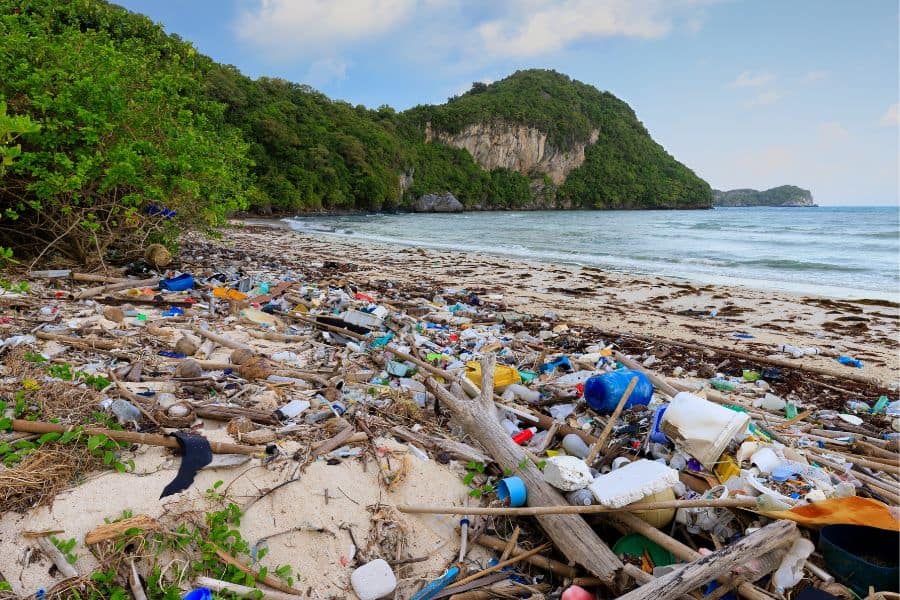
We currently produce more than 350 million metric TONS of plastic waste per year. At our current rate, global plastic waste generation is projected to triple by 2060.
4. Not Really That Recyclable
Contrary to the satisfaction you get when you toss something in the green bin, most of that plastic isn’t even getting recycled.
But why?
Here are a few reasons:
- Misinformation: Many people are misinformed about how to properly recycle, leading to unrecyclables contaminating recyclable items, which makes all of it unrecyclable.
- Contamination: Improper sorting and cleaning of recyclables at recycling facilities can cause contamination as well.
- Low recycling rates: The most recyclable plastics (#1 & #2) only have reprocessing rates of 20.9% and 10.3%, respectively. All other plastic types are under 5%.
- Recycling plastic is just hard: Mechanical and chemical recycling of plastic waste often fails due to difficulties in collection and sorting, environmental harm in reprocessing, contamination by toxic materials, and costing more money to recycle than it takes to make
5. Social Impact
Up until 2018, the U.S. actually sold much of its trash to China and developing countries.
While we export a whole lot less than we used to, we still export a large amount of waste to countries such as India, Malaysia, Vietnam, and Indonesia.
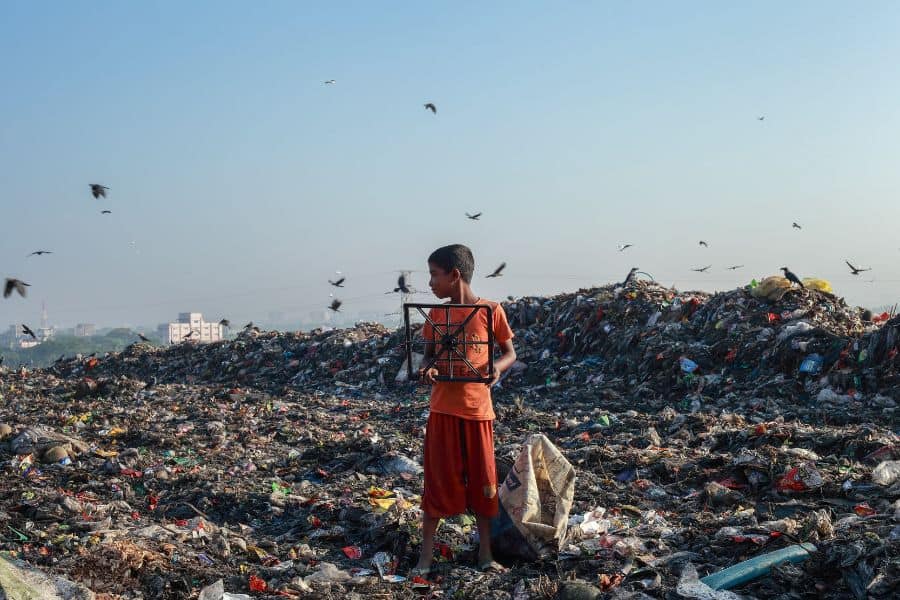
Accepting this trash is an unfortunate economic opportunity for these less-developed countries.
The way many of them handle the trash is unsettling as well, as it’s said that much of it is tossed into landfills, burned, or makes its way into the environment.
6. Perpetuating Disposable Culture

This isn’t talked about enough, but much of this plastic use comes from our society’s instant gratification habits and laziness.
For instance, we’re raising children in a society that indirectly teaches food should be immediately available and stimulate the heck out of our taste buds.
Healthy food doesn’t work like that. You need to work for it a little bit (gardening, preparation, cooking, etc).
But instead of this, we have unhealthy food readily available in single-use plastics (which make up 50% of all plastics).
Combined with the world’s obsession with consumerism in many other industries (clothing, electronics, beauty, etc.) our plastic use simply comes from the need for more, more, more.
7. Economic Costs
All convenience comes at a cost, including plastic use.
Environmental clean-ups and increased waste management costs end up costing the consumer in the end through increased taxes and utility fees.
This isn’t to mention the increase in healthcare costs due to the effects of pollution on our health.
And as our plastic pollution continues to build and build, we’ll only feel the effects of our waste more and more as time goes on.
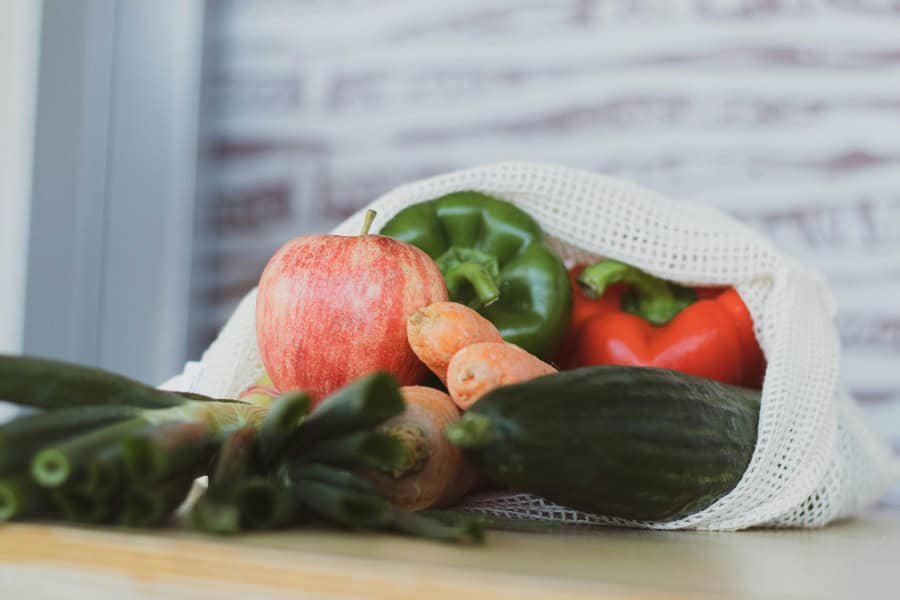
Practical Ways to Limit Plastic Use
Since examining our own plastic use, we’ve implemented many habits that have allowed us to cut down a bunch.
You’ll notice that many of these tips promote healthier behaviors as well!
- Make your own garden! (even if it’s small)
- Shop with reusable bags
- Avoid single-use plastics
- Use a reusable water bottle
- Make your own products
- Recycle properly
- Support plastic-free shops/products
- Choose fresh, unpackaged foods
- Eat less take-out
For more tips on cutting down on plastic and practicing sustainability, check out our list of sustainable tips.


